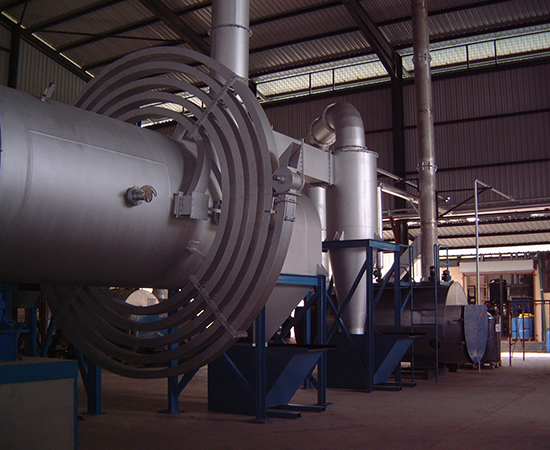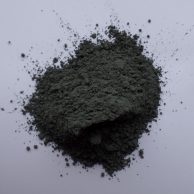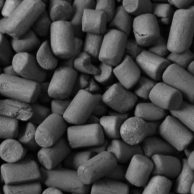Activated Carbon Classifications
Granular Activated Carbon (GAC)
Powdered Activated Carbon (PAC)
Extruded Activated Carbon (EAC)
Extruded activated carbons (pressed pellets) are mainly made by mixing pulverized anthracite or charcoal with a suitable binder which are extruded at high pressure into a cylindrical shaped form.
Acid washed carbon
Acid washed carbon is an activated carbon with low acid soluble iron content. Acid washed is specifically designed for use
with low pH liquids or when a low metal/ash leachable activated carbon is desired. The product is acid washed
during the manufacturing process resulting in a product with very low acid soluble iron content.
Water washed carbon
Impregnated Carbon
Food grade carbon
Catalytic carbon
Catalytic carbon is a class of activated carbon used to remove chloramines and hydrogen sulfide from drinking water. It has all the adsorptive characteristics of conventional activated carbons, as well as the ability to promote chemical reactions.
Gold Recovery carbon
In the gold industry, a major use of activated carbon in mining is in gold recovery, where granular activated carbon (GAC) is used for adsorption of the gold and to separate gold from cyanide in leaching solutions. In a gold-cyanide carbon-in-pulp (CIP) and carbon-in-leach (CIL) systems, or in carbon-in-column (CIC) systems after a heap leach operation. We offer a wide and dedicated product range including extruded and high-quality broken grades for gold recovery applications. These activated carbons combine superior hardness with adsorption/desorption kinetics and capacity, resulting in fewer fines and associated gold losses.





